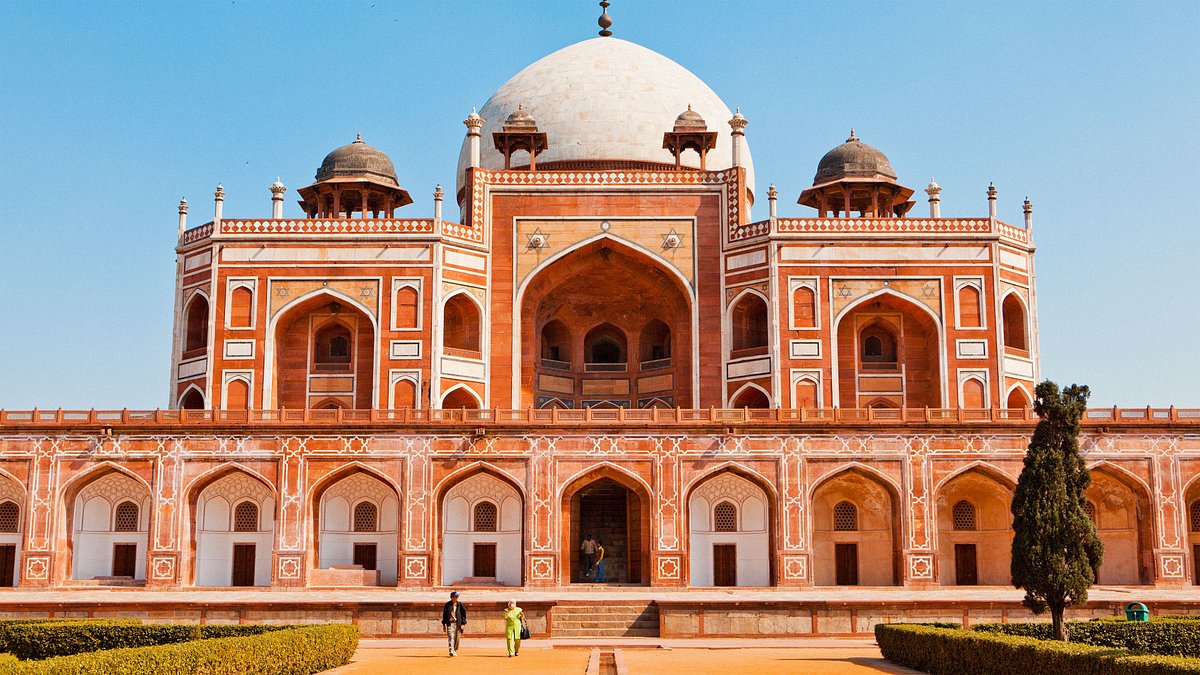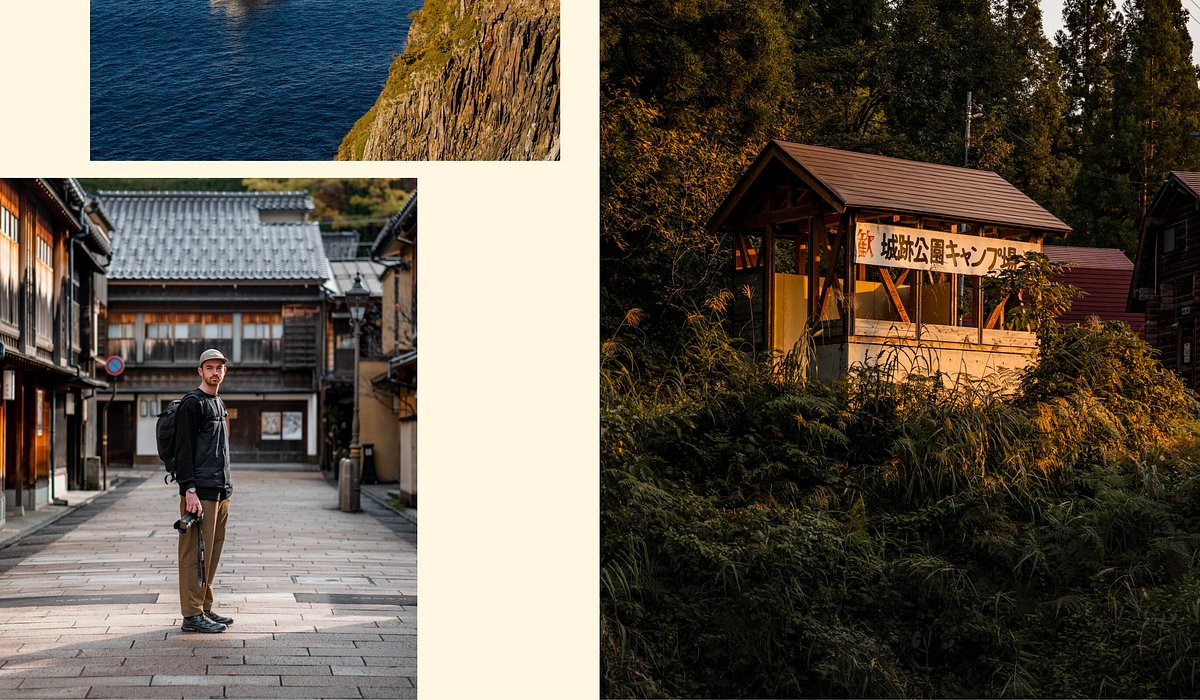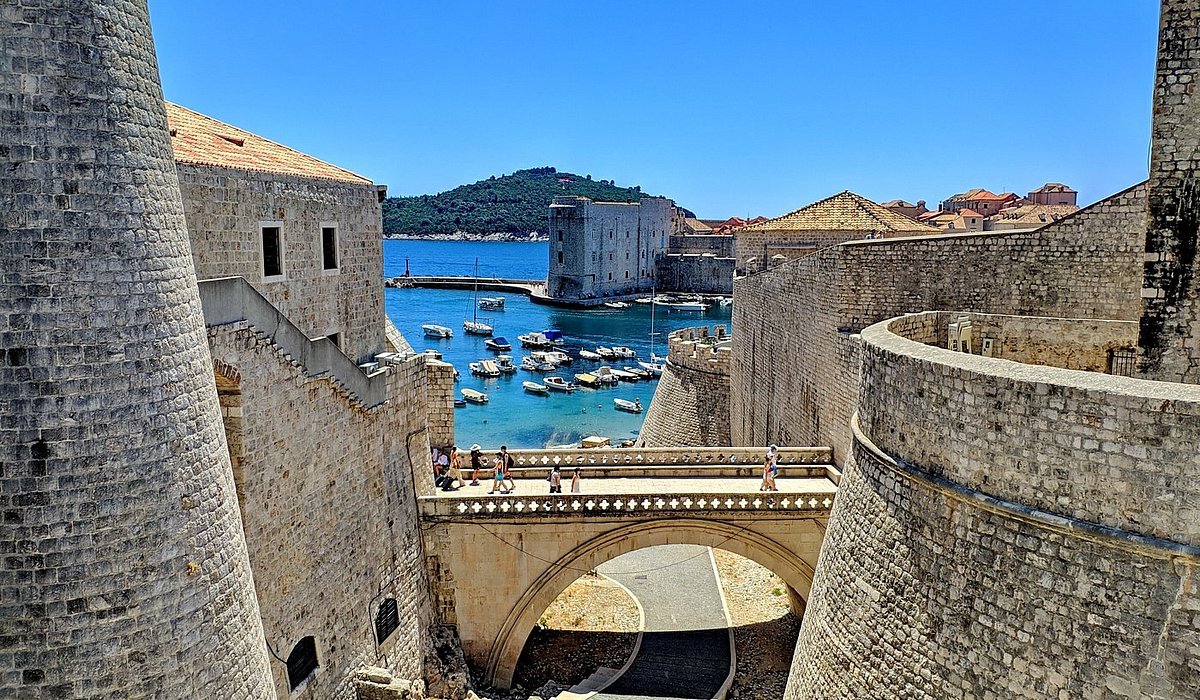Delhi is impossible to take in all at once. It’s not just that this city of 9 million people is huge, noisy, and crowded—all those things are true—but that there are hundreds of years of history to unravel. How do you make sense of all these monumental mosques and mausoleums? And how does the grandeur of the past fit in with the grittiness of the present? Don’t worry, once you’re on the ground you’ll start to understand how it all comes together.
Our morning itinerary takes you to Old Delhi (from the time of the Mughals), then heads south in the afternoon to New Delhi (built during British colonial rule) and beyond, to areas even older than Old Delhi. Because the sun and the crowds can zap you even in the cooler months, we’ve built in some breaks to help you recharge. And since we rely on ratings and reviews from on-the-ground Tripadvisor readers, you can be sure the advice is always on-target.
MORNING: The buzz of Old Delhi
Get an early start, because you don’t want to waste a minute of your day. Head first to Chandni Chowk, the sprawling central market in Old Delhi. Getting here is straightforward enough, as this tangle of alleyways has its own metro stop on the Yellow Line. Chandni Chowk is one of the most chaotic places in town, and it’s a given you’ll get a little lost, so allow yourself some time to get acclimated.
As you walk east, pick up some snacks from a street vendor or stop for breakfast at one of the restaurants along the way. You’ll need plenty of energy for the Red Fort, which is best explored in the relative cool of the morning.
Built by Emperor Shah Jahan—you know him for the Taj Mahal—this massive complex is Mughal architecture at its grandest. It remains an essential symbol of India—so much so that it shares space with Mahatma Gandhi on 500-rupee notes. Give yourself lots of time to soak in the palaces (some transformed into museums), pavilions, and gardens set on 250 acres.
Outside the fort is the Jama Masjid, a massive mosque also commissioned by Jahan and built in the 1650s. The sheer size of its sandstone courtyard will make you jaw drop, and its minaret, which you can climb for a fee, comes with great views of the closely packed buildings of Old Delhi.
- With so much street food right in front of you, how do you choose? An Old Delhi Food Tour can keep you from overlooking some of the most Instagrammable bites in and around Chandni Chowk.
- Avoiding a lot of foot and vehicle traffic, an early morning Old Delhi Bike Tour lets you see shops as they are just opening. The tour includes a rewarding breakfast at a paratha (flatbread) shop.
- Calling all maximizers: a full-day Old and New Delhi Tour takes in all the essential sights, getting you there in an air-conditioned car (and an auto-rickshaw in Old Delhi).
AFTERNOON: Recharging in New Delhi

The Jama Masjid Metro Stop is on the very useful Violet Line, which takes you to several of the most important historic sites. Six stops south from Jama Masjid is Khan Market (in a car, it’s a 20-minute drive).
This open-air collection of upscale restaurants and shops is a major meeting place for the diplomatic crowd, expats, and travelers. Grab lunch at one of the casual restaurants here, like the kebab-forward Khan Chacha or the kitschy SodaBottleOpenerWala, inspired by the Irani cafés of Mumbai. Afterward, spend a little time shopping. The market is a great place for crafts, clothes, and housewares, and Bahrisons Booksellers is in a class of its own.
Travelers say: “We always return to Khan Market when visiting New Delhi as I can rely on buying a unique piece of clothing from one of the boutique-style shops.” —@Ellemay
From Khan Market, it’s a 10-minute walk to the northern edge of Lodhi Gardens, dominated by the domes of sultans’ tombs from the 15th and 16th centuries. Now it’s a calming, rose-filled space that pulls in teenagers, couples, and families from the middle- and upper-class enclaves nearby. Find some shade, admire the birds and other inhabitants (lots of monkey families stare out from the ruins), and then take a car to the immaculately laid out Hamayun’s Tomb.
The complex was built in the 1560s by Emperor Hamayun’s first wife, Empress Bega Begum. Its Persian aesthetics inspired the Taj Mahal and other monuments. It’s a mysterious, slightly melancholic place. Give yourself some time to wander through its gardens.
EVENING: Time for some Indian classics

After so much history, it’s time to shake off that metaphorical and literal dust. After getting cleaned up, head to the Taj Mahal Hotel’s Varq or the Imperial Hotel’s Spice Route for some Indian classics. Afterward, enjoy a cocktail or two at the Imperial’s 1911 Bar.
If you’re still up for more, a five-minute car ride takes you to India Gate, a monument to fallen soldiers as well as a popular gathering spot that’s lit up with colored lights at night. Getting an ice cream, some bhel poori (savory puffed rice), or another snack here is the right way to end the evening.
Worthy detours along the way
Know Before You Go
-
Delhi’s best weather is from December to March. Late fall can get smoky due to stubble being burned in the fields outside the city. April may already start getting uncomfortably warm—though lower hotel rates and fewer tourists make it easier to handle. The monsoon, which usually arrives in late June or early July, ends the hot season. It can bring nice days in between the sometimes-heavy rains.
-
It’s common for attractions like the Red Fort to be closed on Mondays. Some of the shops in Khan Market and elsewhere are closed on Sundays.
-
Many sit-down Indian restaurants close in the lull between lunch and dinner, usually from 2:30 or so to 7. More casual places rarely close, however, and most restaurants also stay open late, at least until 10.
Most stores open by 10 in the morning, with grocery stores and other food stores opening even earlier.
-
Central Delhi: Filled with whitewashed, Raj-era bungalows (more like mansions), Central Delhi manages to be both convenient and quiet. Tripadvisor readers agree that The Claridges New Delhi has nicely designed rooms and a lawn with a pool that’s a relaxing place to catch up over drinks. It’s as elegant as its neighbors, including the Dutch ambassador.
Old Delhi: Sure, it’s always chaotic, but if you thrive on energy and hanging with other fun-loving travelers, Old Delhi’s twisty lanes and capacity to surprise can’t be beat. The Haveli Dharampura, inside a meticulously restored 19th-century mansion, makes for memorable nights, especially when you take into account the rooftop terrace.
Aero City: With a metro stop that can easily get you to both the airport and central Delhi, this calm collection of hotels and restaurants is a comfortable and easy option, especially for families. Five stars abound, but so do less-pricey but equally stylish options, like the Lemon Tree Premier and the Red Fox Hotel.
-
Public transportation: Delhi’s 10-line metro can get you to many of the neighborhoods you’ll want to explore—though you may require a longish walk or a quick car or auto-rickshaw ride to get to your final destination. Public buses tend to be crowded and slow, so avoid them unless you aren’t in a hurry.
By auto-rickshaw: “Autos,” as they are often called, are a practical way to travel a few miles. Be sure to negotiate the fare in advance if you can’t get the driver to use the meter.
By car: Ride-share apps like Ola and Uber have revolutionized taking a car in Delhi, and for many destinations they are the best option. You can pay by credit card, of course, but both apps will also let you pay the driver with cash.
Airport transfers: Although it does cut down on the hassle, you’ll pay more—sometimes a lot more—by asking your hotel to arrange an airport transfer. Using a ride-share app or heading to the prepaid taxi stand at the airport are viable options, and so is the metro, depending on your final destination. The metro’s Orange Line takes less than 30 minutes to travel from the airport to the New Delhi Metro Station.




